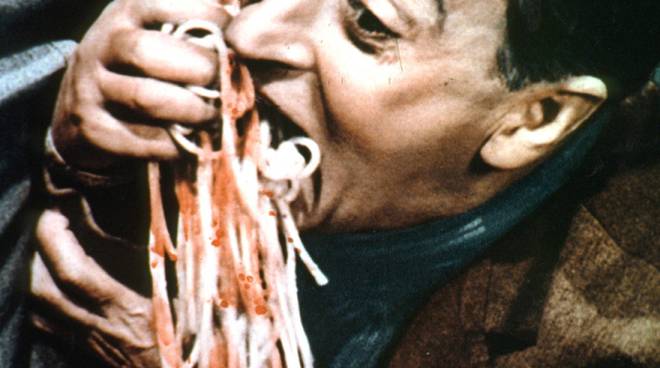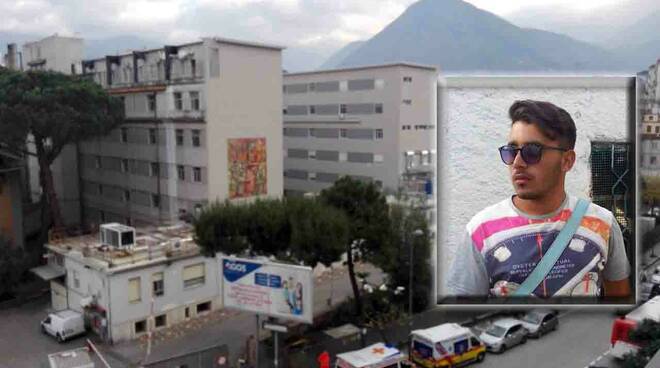Discovering Positano. La tradizione gastronomica. VIDEO.
Più informazioni su

Oggi, 21 settembre, Discovering narra della nostra tradizione gastronomica.
La notorietà di Positano nasce soprattutto nel ‘900, ma è a partire dal ‘700 che si forma quale detentrice di un patrimonio storico – culturale, artistico ed anche gastronomico. Dire gastronomia non vuol dire cucina, bensì cucina unita alle nostre tradizioni – perché è una disciplina – e la nostra materia ha radici molto antiche, perché è nata con i Romani e si è evoluta con i Borboni. Essa prende avvio con la costruzione delle macerine o macere, che hanno permesso ai primi contadini di coltivare un territorio molto scosceso e di adibirlo ad ulivi e viti. I Romani macinavano anche i cereali, specialmente il farro, da cui deriva il termine “farina”. Con le invasioni barbariche molti terreni coltivati furono distrutti, ma verso il X secolo furono dissodati dai monaci benedettini, che introdussero anche altre colture e cominciarono a preparare confetture, conserve, liquori e procedimenti vari. Un esempio può essere la colatura di alici o la prima confettura che fu fatta, quella di carrubo, denominata iuscellum, da cui il napoletano “sciuscella”. Sempre in questo periodo giunsero gli Arabi che hanno esportato nella nostra Penisola una notevole quantità di prodotti, i più importanti gli agrumi, il caffè, il riso e la pasta (con la sua procedura di essiccazione). E’ ovvio che, poi, nell’età moderna il Meridione d’Italia, e soprattutto Napoli e la Campania siano divenute il regno della cultura del caffè e della pasta. Da mangiafoglie siamo passati a mangiamaccheroni. A Positano potremmo coniare questo epiteto “mangiapesci”, visto il nostro millenario rapporto con il mare. La nostra gastronomia si è successivamente evoluta con l’influenza borbonica e con nuovi piatti che sono stati napoletanizzati come la pizza (inizialmente era un’odierna torta rustica) o il gateau divenuto cattò o il ragout divenuto raù (inizialmente era con salsa di peperoni e carne rossa). Poi fu il momento di una rivoluzione epocale. Il Duca Ippolito Cavalcanti, nel 1837, osò audacemente cucinare i vermicelli con il pomodoro, un ortaggio che non era mai stato adoperato in gastronomia, perché considerato nocivo alla salute. L’unico modo per convincere i Napoletani a mangiarlo era spargere la voce che il pomodoro fosse afrodisiaco: ed è da qui che nasce il matrimonio più bello di tutti i tempi, gli spaghetti con il pomodoro. A Positano tutto questo fu riscoperto dagli ospiti illustri che giunsero sul finire dell’800 e nel secolo scorso.
Il video “La tradizione gastronomica” è sul canale Youtube Positanonews tv.
Gennaro Cuccaro, Associazione Positano Arte e Cultura.
Today, on September 21, Discovering talks about our gastronomic traditions.
Positano’s notoriety comes mainly in ‘ 900, but it is starting from 700 which is formed as a holder of a cultural and historical heritage, artistic and even gastronomy. Say gastronomy doesn’t mean cooking, but cooking with our traditions – because it is a discipline – and our matter has very ancient roots, because it was born with the Romans and evolved with the Bourbons. It begins with the construction of the macerine or macere, which allowed farmers to cultivate a very steep area and start to olive trees and vines. The Romans also used to grind grains, especially the farro, hence the term “flour”. With the barbarian invasions many farmlands were destroyed, but by the 10th century they were ploughed up by the Benedictine monks, who introduced also other crops and began to prepare jams, preserves, liqueurs, and various procedures. An example may be the casting of anchovies or the first jam which was made, that of carob tree, called iuscellum, from which the Neapolitan “sciuscella”. Always in this period came the Arabs who have exported in Italy a lot of products, the most important citrus, coffee, rice and pasta (with its drying procedure). Obviously, then, in the modern age the South of Italy, and especially Naples and Campania have become the realm of culture of coffee and pasta. Since mangiafoglie we switched to mangiamaccheroni. In Positano we could coin this epithet “mangiapesci”, seen our relationship with the Millennium. Our gastronomy is subsequently evolved with Bourbon influence with new dishes that have been “napoletanizzati” like pizza (originally was a modern rustic pie) or gateau become cattò or ragout become a raù (initially with pepper sauce and red meat). Then it was time of an epochal revolution. The Duke Ippolito Cavalcanti, in 1837, boldly dared to cook the vermicelli with the tomato, a vegetable that had never been used in gastronomy, because considered harmful to health. The only way to convince the Neapolitans to eat it was to spread the voice that the tomato was an aphrodisiac: and it is from here that gave birth to the most beautiful wedding of all time, spaghetti with tomato. In Positano all this was rediscovered by the illustrious guests who arrived at the end of the 800 and in the last century.
Video “La tradizione gastronomica” is on Youtube channel Positanonews tv.
Gennaro Cuccaro, Association Positano Arte e Cultura.








